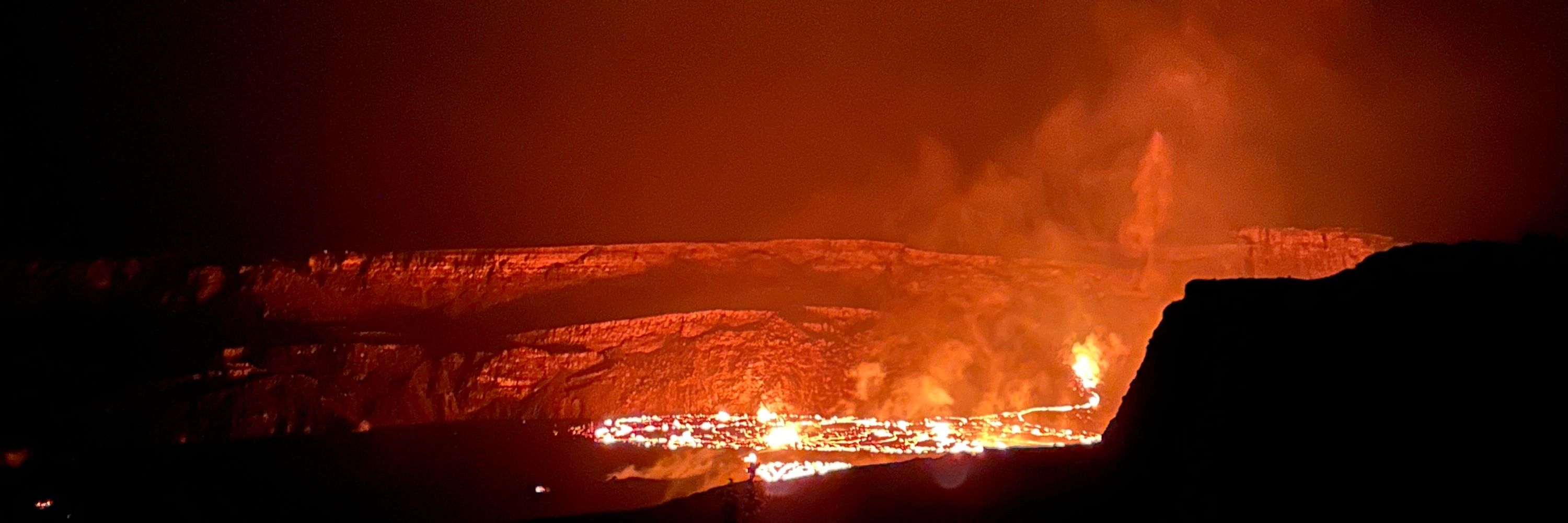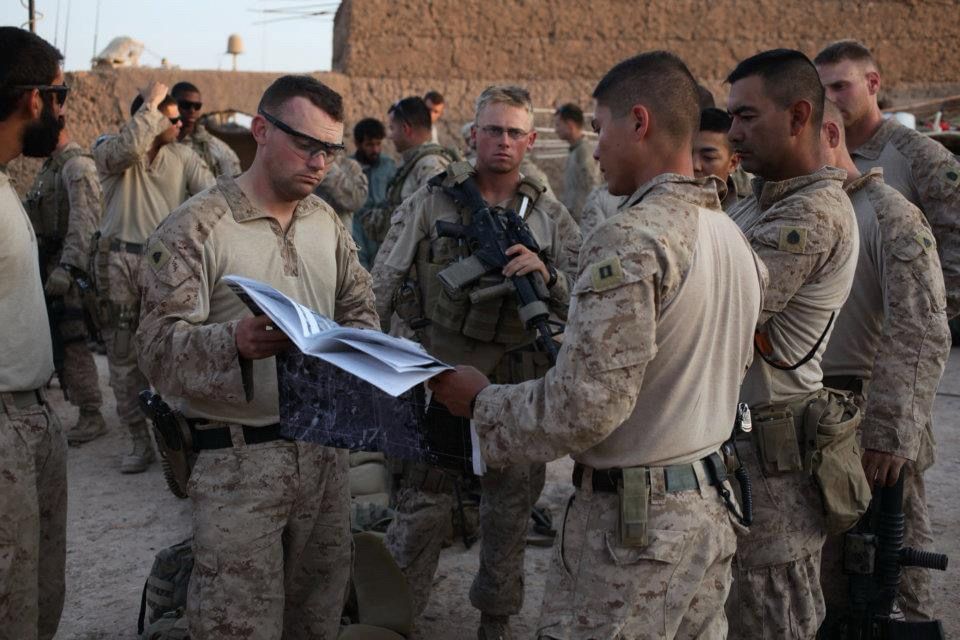Zach Ota
@zachota.bsky.social
3.3K followers
1.1K following
1.6K posts
Beholding the Pacific • Krulak Center • YCAPS • Allies & Partners • Amphibious Defense • Aloha
Posts
Media
Videos
Starter Packs
Pinned
Zach Ota
@zachota.bsky.social
· 11h
Reposted by Zach Ota
Zach Ota
@zachota.bsky.social
· 17h
Reposted by Zach Ota

























